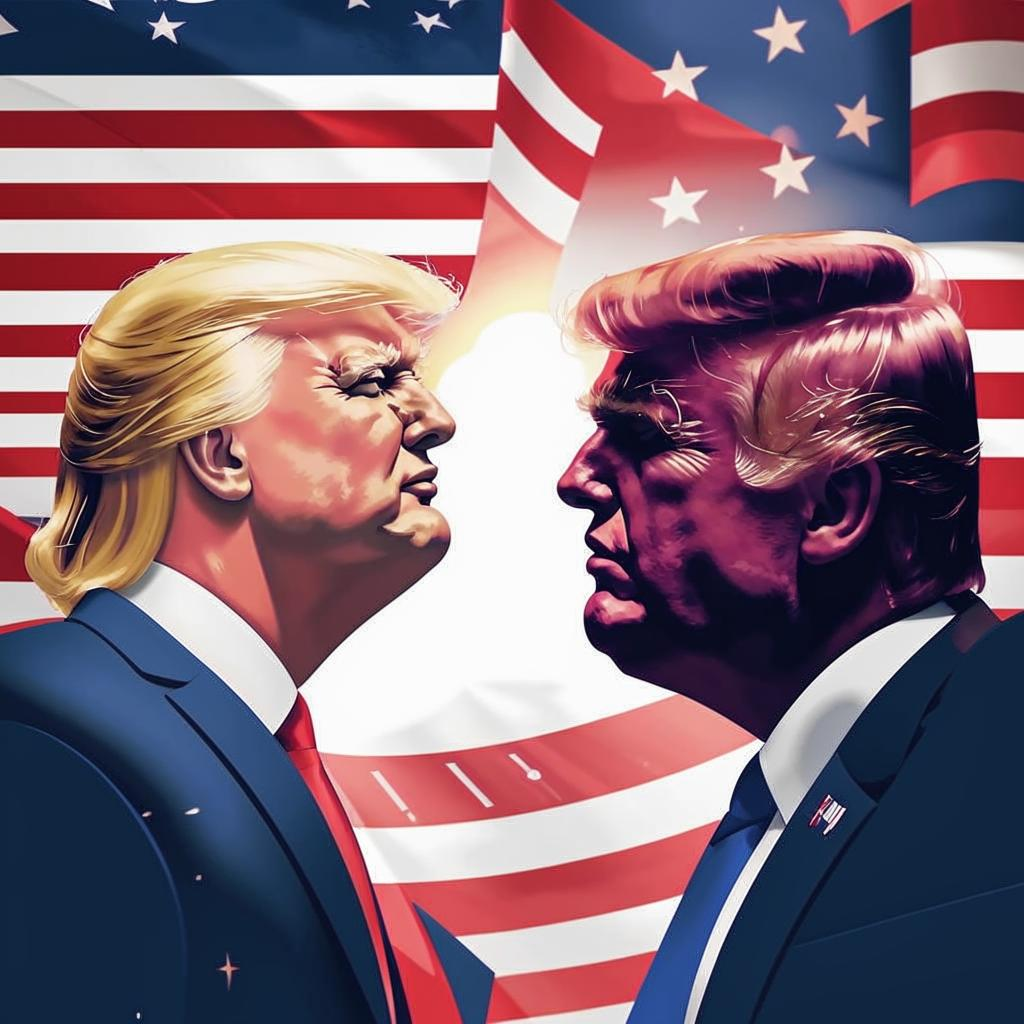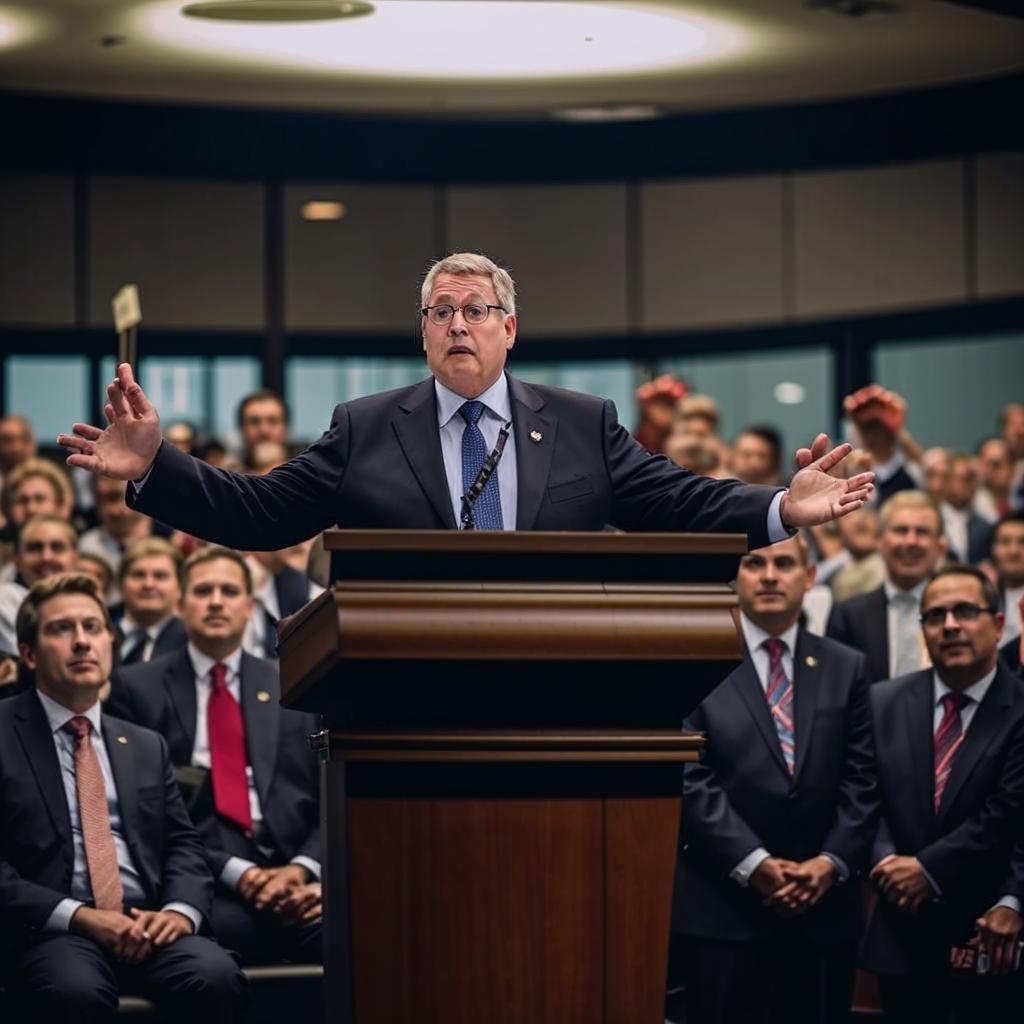Federal Reserve Vice Chair Michael Barr is advocating for significantly higher capital requirements for large banks, a move that is already triggering pushback from the financial industry. Barr argues that increased capital buffers are essential to ensure the stability of the financial system and protect it from future shocks. He highlighted the importance of banks being able to absorb losses without taxpayer bailouts.
The proposed changes would primarily affect banks with over $100 billion in assets. These institutions would be required to hold a larger percentage of their assets in reserve, reducing their ability to lend and invest. Barr’s stance reflects a broader effort within the Fed to strengthen financial regulations following recent bank failures earlier this year. These collapses exposed vulnerabilities in the existing regulatory framework.
Lenders, however, argue that the new rules would stifle economic growth by limiting their capacity to provide loans to businesses and individuals. They also contend that the current capital levels are already sufficient to ensure safety and soundness. Industry groups are expected to mount a strong lobbying effort to oppose the proposed regulations, setting the stage for a potentially contentious debate.
The debate over capital requirements comes at a time of heightened economic uncertainty, with concerns about inflation and a potential recession looming. The outcome of this regulatory battle could have significant implications for the future of the banking industry and the broader economy. The next few months will be crucial as the Fed moves closer to finalizing its proposal and stakeholders weigh in on the potential impact.















